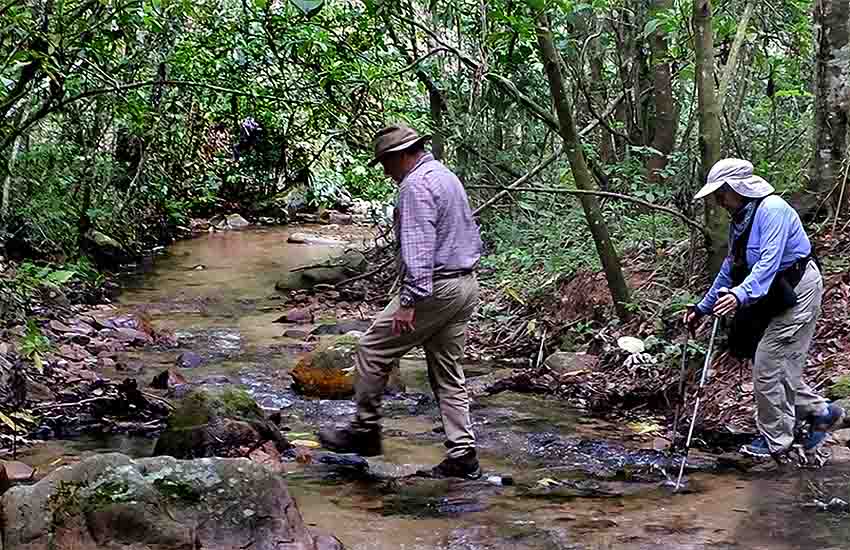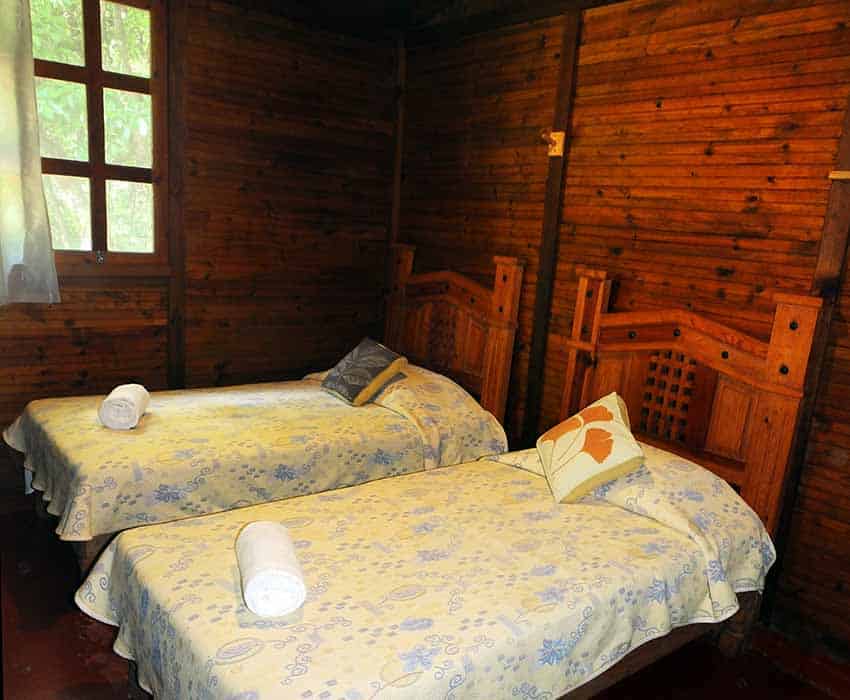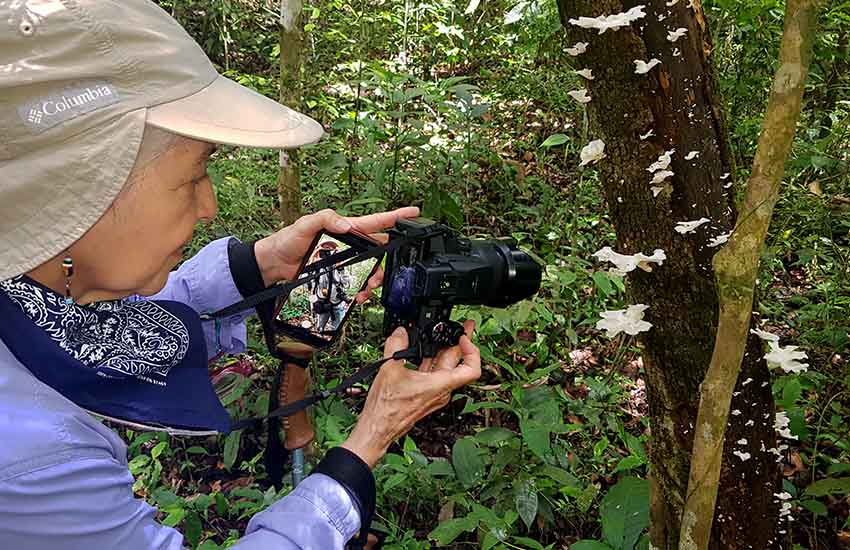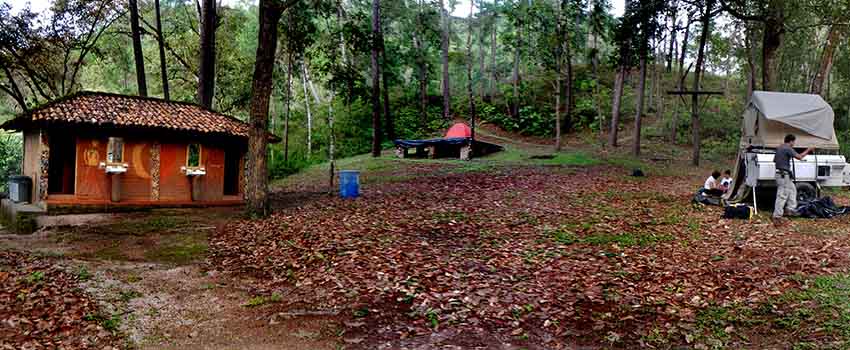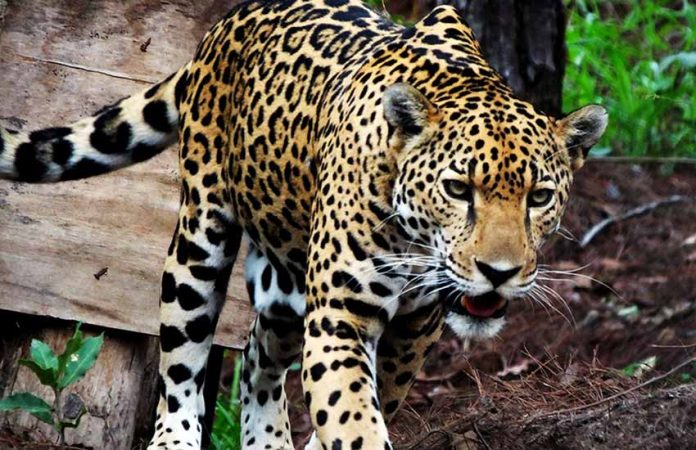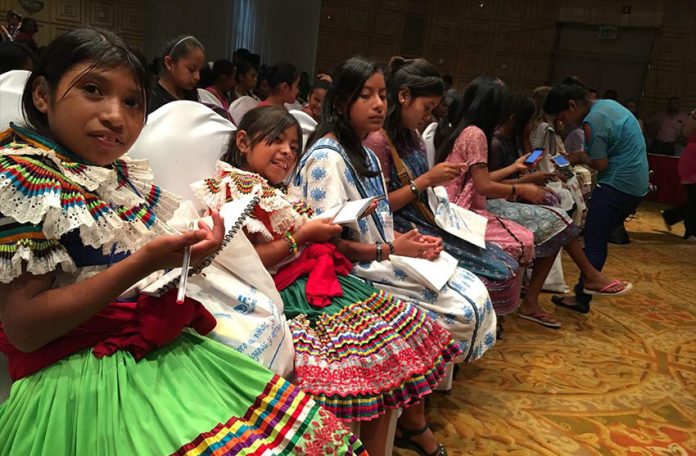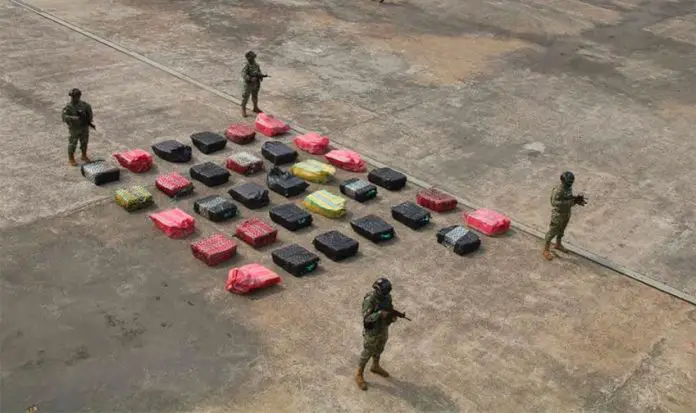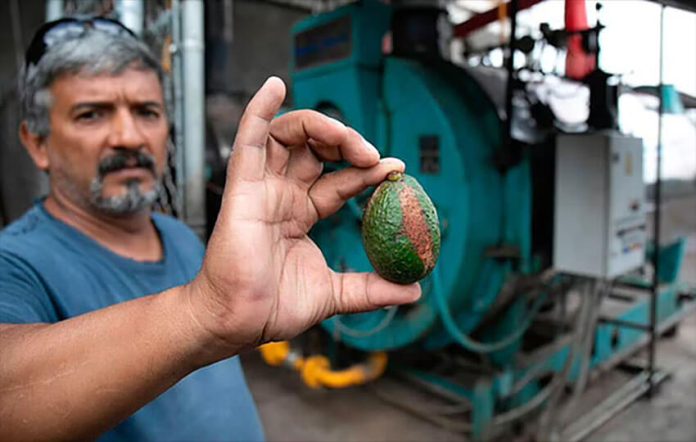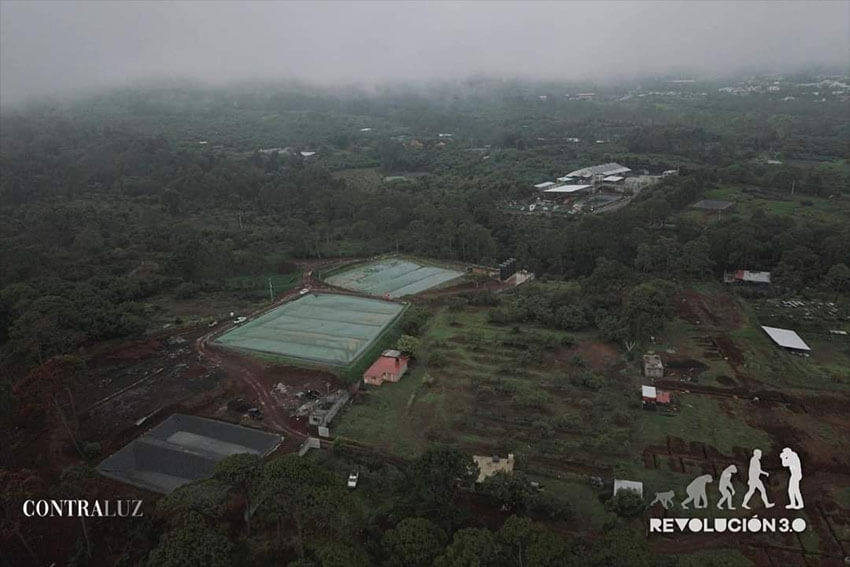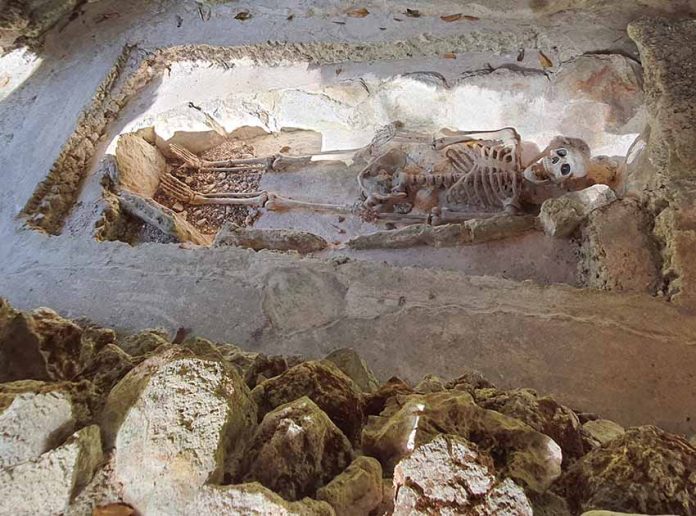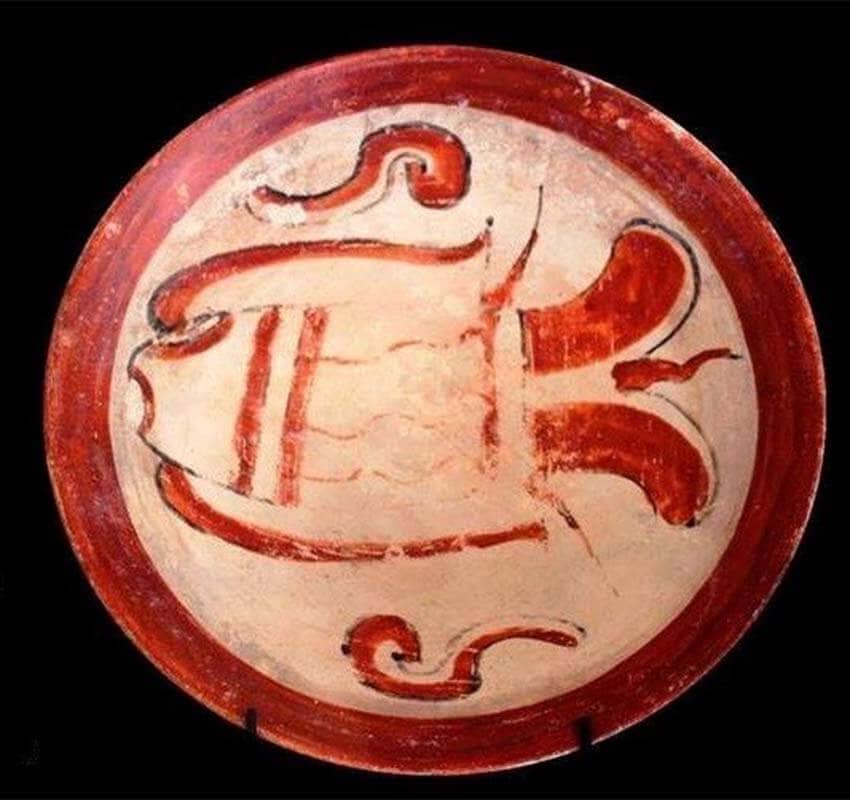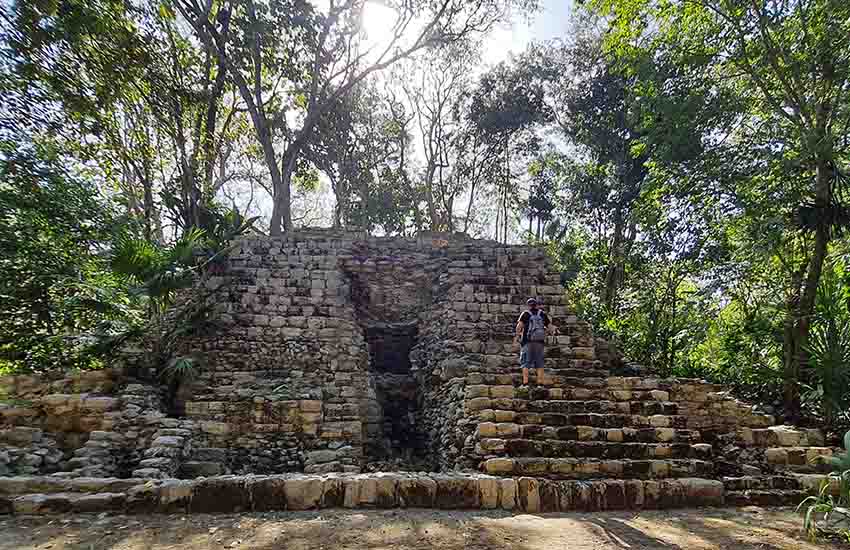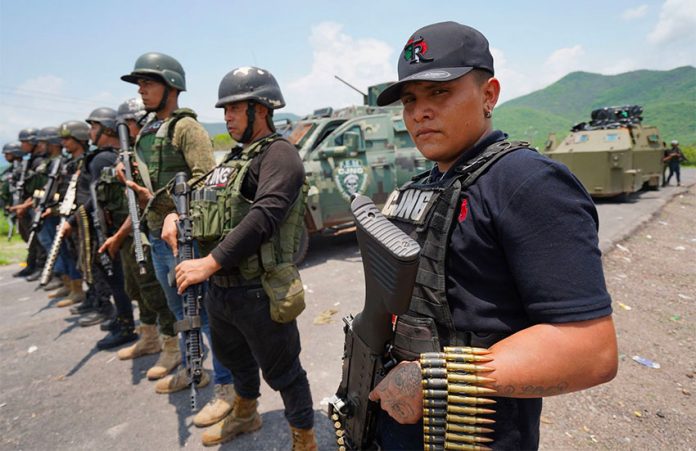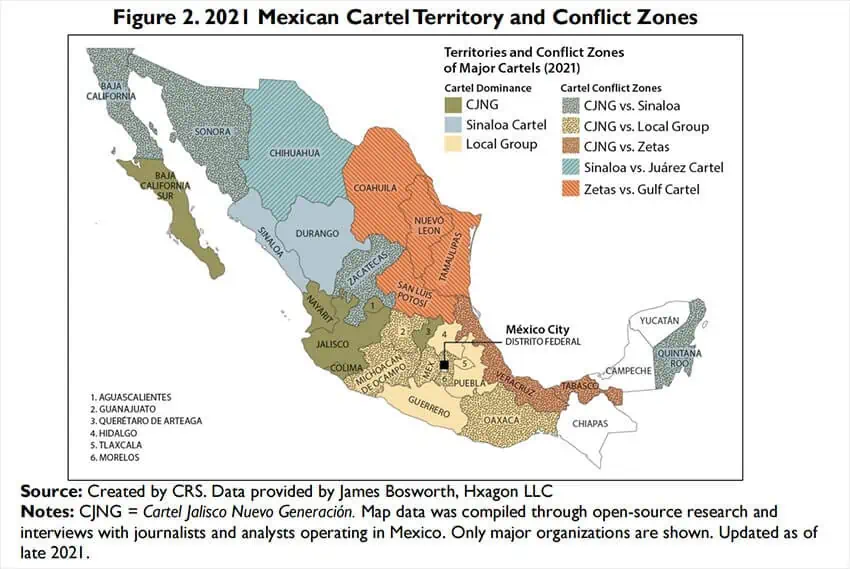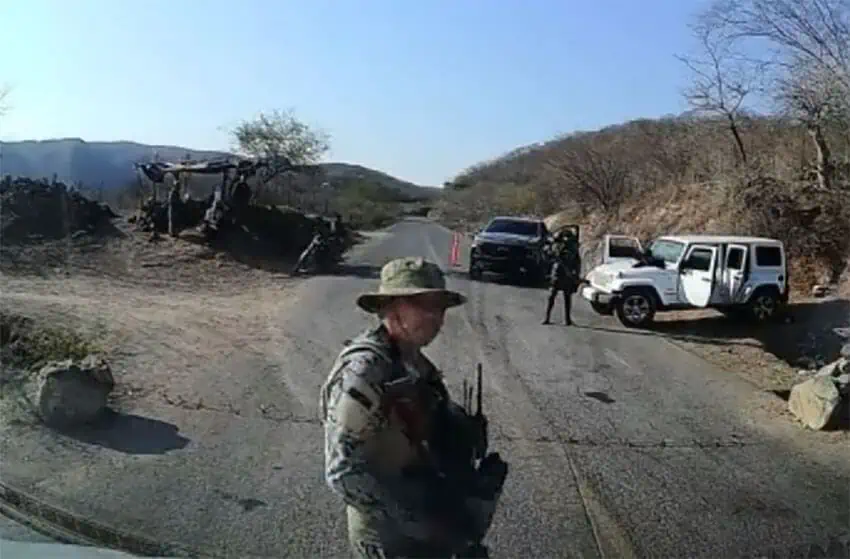Animal rescue in Mexico suffered a serious blow during the presidency of Enrique Peña Nieto, when the government decided to shut down its network of 11 wildlife conservation and rehabilitation centers.
Since then, local shelters have at least popped up, thanks to concerned vets and biologists. Confiscated exotic wildlife like macaws, crocodiles, parrots and howler monkeys now end up in locally funded shelters like Agua Azul and Villa Fantasia in Guadalajara. But what if the mistreated or confiscated animal is a puma or a jaguar, unaccustomed to living in a cage or even in the roomy enclosures provided by modern zoos?
This is when the wildlife rescue centers turn to the UMAs.
An UMA is an Animal Management Unit licensed by the government to care for or raise exotic or endangered creatures — from crocodiles to tarantulas — as well as jaguars.

Mexico has only a handful of UMAs permitted to handle this big-cat breed, and one of the most fascinating of these is the Potrero de Mulas (Mule Pasture), hidden away in a jungle-filled valley 35 kilometers east of Puerto Vallarta, at 830 meters altitude.
The Potrero de Mulas website says that, besides being a UMA, it is a center for ecotourism, environmental education and recreational activities, with cabins to rent, a campsite, trails to follow, rock walls to climb and great food (for groups over 20).
Apart from all this, photos show Mule Pasture to be an extraordinarily beautiful place, despite its less-than-attractive-sounding name. I contacted the owner, Marisol Lovera.
“You are welcome to stay with us,” she told me,” but you will need four-wheel drive to get here.”

So off we went a few weeks later, in the robust Toyota Tacoma of Canadian geologist Chris Lloyd. It’s a four-hour drive from Guadalajara to the little town of La Estancia, located on the highway between Mascota, Jalisco, and Puerto Vallarta.
La Estancia is where the fun began.
I had been told that you needed to drive across 30 rivers to reach Potrero de Mulas. Well, by my calculations, that’s not true. I counted only 24 crossings, and they were all streams, not rivers.
By the time we crossed the last one, we were convinced that the “many streams” were really just one insanely meandering creek known as Arroyo Bulera, which seems to have more twists in it than a Ken Follett novel. But it is thanks to the endlessly undulating Bulera that Potrero de Mulas has its enchanting lagoon, a great place for a swim after tramping around in the jungle.
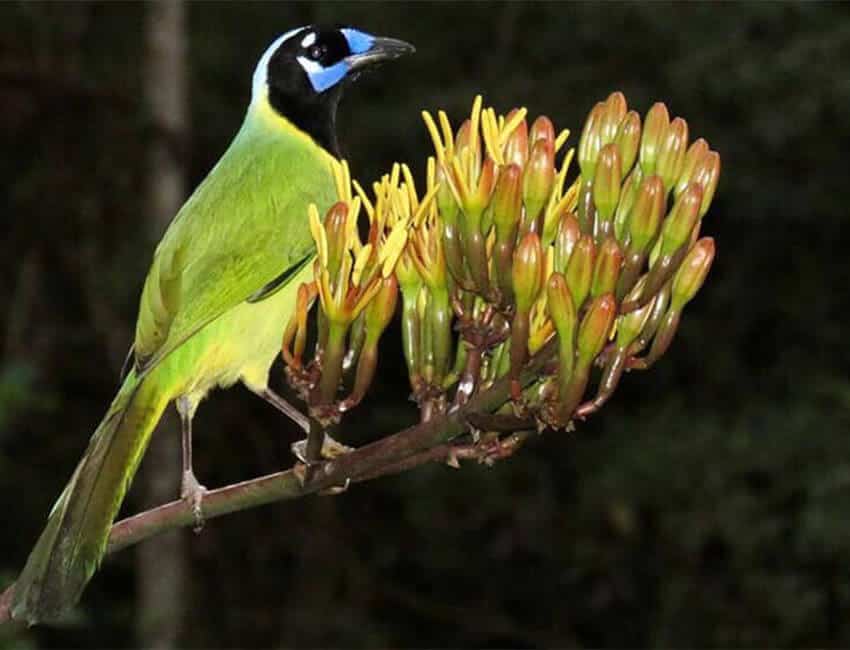
Upon our arrival, we enjoyed a delicious meal of pollo en salsa de mostaza (chicken in mustard sauce) and brochetas de champiñones (mushroom kabobs), after which we headed off to see the jaguars.
We didn’t have far to walk: just a few steps away from the restaurant, we were introduced to Negrita, a black jaguar.
“She came to us three months ago from the Tlajomulco Wildlife Rescue Center,” said Lovera. “She had been turned over to them after being confiscated from someone who had kept her in a rather small cage — containing nothing but a slab of concrete for a floor — for five or six years. All that time, she had been living on a poor diet, so she had lost weight. Her hair was matted and dull, and she had sores on her back.
During Negrita’s whole life, she had never heard the sounds of nature or of another feline, only the voices of human beings.

“So when she arrived here, we tried to put her into a roomy enclosure, but she was frightened. So we are temporarily keeping her here close to us,” Lovera said. “And now, after just a few months, she has overcome all this. Now she seems happy when she’s visited by suitors who come calling at night. And she is back to her correct weight and looking good.
“Because of her, by the way, we know that there are a lot of big cats roaming freely around this area, and we have even caught them on video. She is just about ready to go live in one of the big enclosures.”
We then crossed the gorgeous lagoon next to the dining hall and came to the first of several big-cat-sized enclosures, each of which is typically 2,000 to 5,000 square meters in size. Here we caught a glimpse of a puma or cougar named Pancho, an old-timer of 15 years.
“Pancho came to us from Nayarít in 2008,” said caretaker Enrique López. “The vet said we should feed him ground beef because his teeth are bad, but he didn’t go for it. He likes his meat au naturel.”
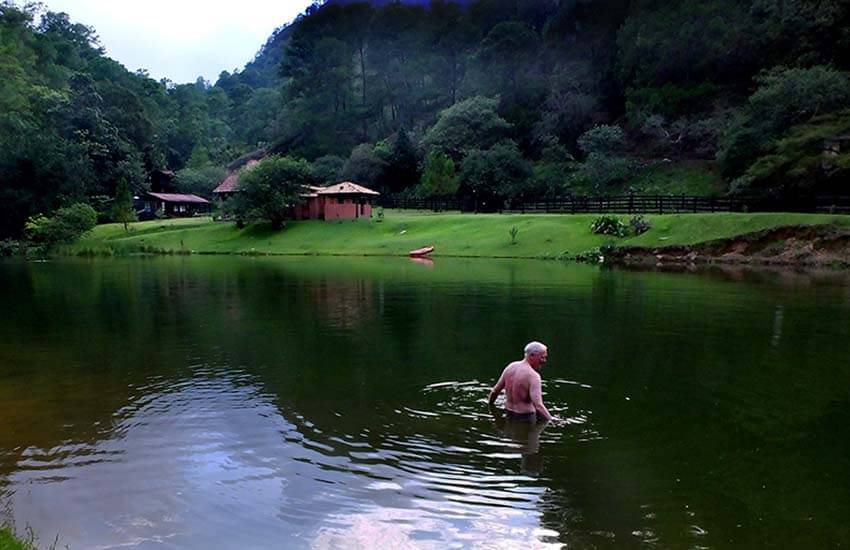
The next enclosure was the home of Nairi the Lynx. She had been burned in a huge forest fire that devastated Guadalajara’s Primavera Forest two years ago.
“When they found Nairi in the forest, her paws were burned, as well as her ears and her tail,” López said, “so she didn’t look exactly like a lynx.”
Her rescuers brought her to Villa Fantasia Rescue Center, where they took good care of her.
“They gave her a baby bottle and everything, but she suffered from stress and got depressed. So they brought her here, where she’s doing really well,” López said. “Someone is going to give us a male lynx, which is also imprinted and used to human beings, and we hope they will have babies that we can release in the Primavera forest.”
Next, we wandered along a dirt road through the jungle for 500 meters without seeing any more big cats — until we arrived at the last enclosure, a really big one, 12,000 square meters in size. Here we were delighted to spot Maya, a female jaguar who had been confiscated in Quintana Roo by the federal environmental protection agency Profepa in 2015.
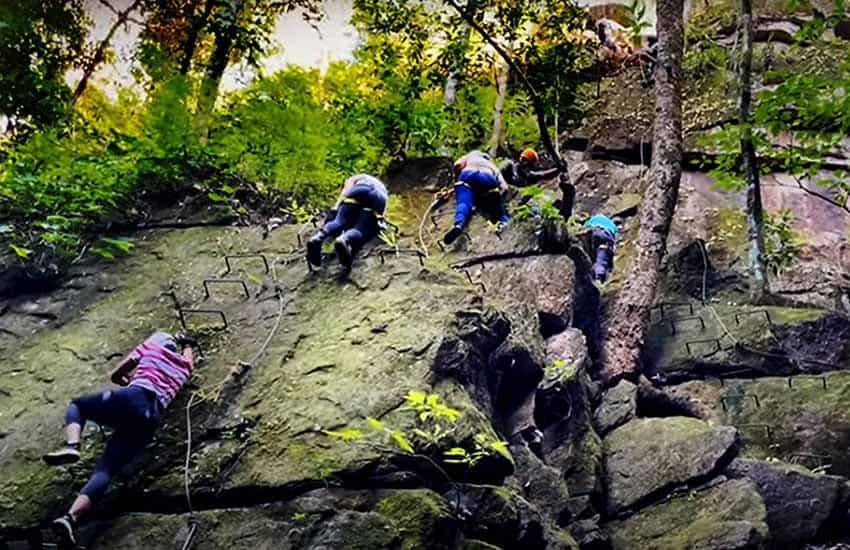
Maya seemed happy to see us and came right up to the fence to say hello. We were entirely absorbed in taking photos of her when suddenly — in a flash and apparently out of nowhere — a full-sized male jaguar made its dramatic appearance by pouncing onto the fence at the end of a flying leap, as if to say, “Hey! I live here too!”
This, we learned, was Selva, Maya’s mate. In 2019, the pair of them had two babies, Yamil and Itzia, who are doing well in another enclosure.
Should you ever get tired of watching the big cats, Potrero de Mulas also has a 900-meter-long interpretive trail that introduces visitors to the flora of this cloud forest. Here you can see the Pacific Magnolia, the endemic Jalisco Pine and even Cyathea Costaricensis, the world’s tallest tree fern.
Following what seems to be the local custom, the trail cuts across the serpentine Bulera Creek numerous times. Crossing it requires hopping from rock to rock, so for this hike, you’d better wear shoes that aren’t afraid of water.
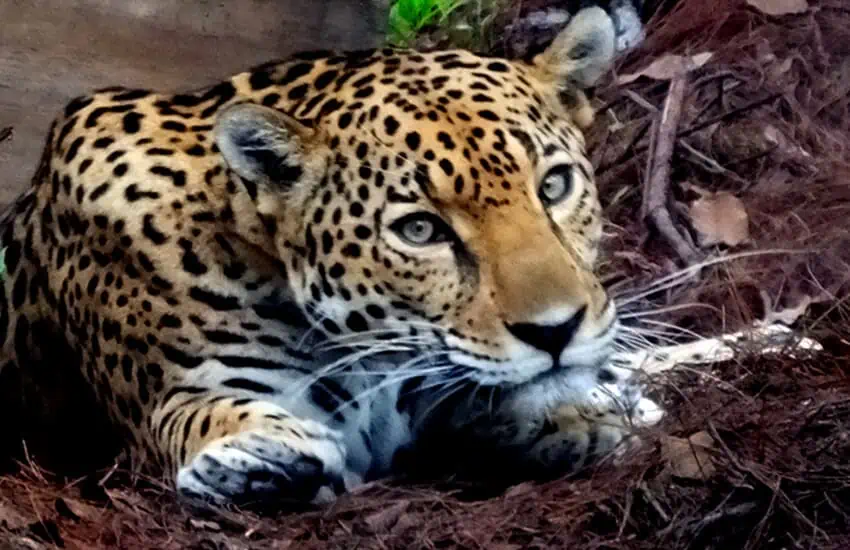
Potrero de Mulas also has zip lines and a high sheer rock wall for rappelling, with a via ferrata (iron rungs fixed in the wall) for climbing back up.
While engaged in these activities, or just wandering about, you can’t help but notice that this is also a wonderful place for bird-watching.
Four nicely printed guides to the local birds describe 53 species. In no time at all, birder Chris Lloyd spotted a green jay, a cinnamon-rumped seed eater, a grey-crowned woodpecker, an orange-fronted parakeet and a sulfur-bellied flycatcher, which isn’t even in the guides.
Like most UMAs in Mexico, Potrero de Mulas receives no help from the government. Its expenses are somewhat offset by fees paid by visitors.

“Here we have six cabins of different sizes,” says Marisol Lovera, “each with a kitchen, hot water and internet. So we can house 22 guests. In our campground, which also has internet, we can take another 20, and then we have a hostel where we can accommodate 16 more people.”
Look for the route to Potrero de Mulas on Wikiloc. If you don’t happen to have four-wheel drive or a truck, you can leave your car in a safe place in La Estancia and transport to Potrero de Mulas will be arranged.
For more information, see their web page in English. To contact them, use their Senda del Jaguar Facebook page or call them via Whatsapp at 322-101-8486 or 331-760-0383. Or reach them by email at loverasansebastian@hotmail.com.
The writer has lived near Guadalajara, Jalisco, since 1985. His most recent book is Outdoors in Western Mexico, Volume Three. More of his writing can be found on his blog.
